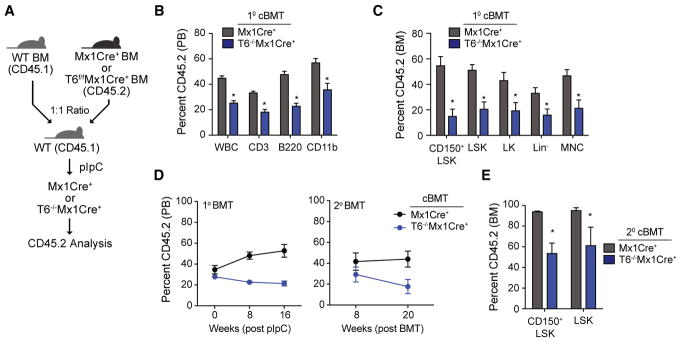Figure 3. Conditional Traf6 Deletion Diminishes the Long-Term Self-Renewal of HSC.
(A) Outline of competitive BM transplantations using Mx1Cre+ or Traf6f/fMx1Cre+ mice. Briefly, BM cells from Mx1Cre+ or Traf6flox/floxMx1Cre+ mice were mixed at 1:1 ratio with the competitor BM cells, followed by transplantation into lethally irradiated BoyJ mice. One month post-transplantation, pIpC was injected into the recipient mice to induce deletion of Traf6 (Traf6−/−Mx1Cre+).
(B and C) Summary of donor-derived PB (B) or BM (C) proportions at 5 months after pIpC injection in primary recipient mice using Mx1Cre+ or Traf6f/fMx1Cre+BM cells (n = 5–7 per group).
(D) Summary of donor-derived PB proportions at the indicated time points after pIpC injection following primary and secondary competitive transplantations using Mx1Cre+ or Traf6−/−Mx1Cre+ BM cells (n = 6 per group).
(E) Summary of donor-derived BM HSPC proportions at 5 months after secondary competitive transplantation using Mx1Cre+ or Traf6−/−Mx1Cre+ BM cells (n = 3 per group). *p < 0.05. Data are represented as mean ± SEM.

